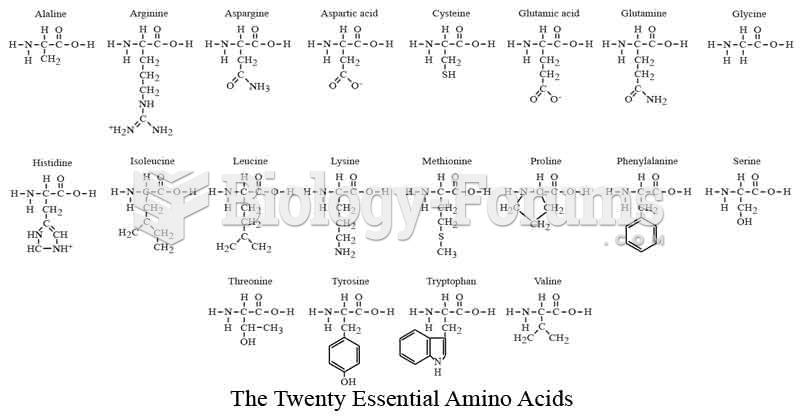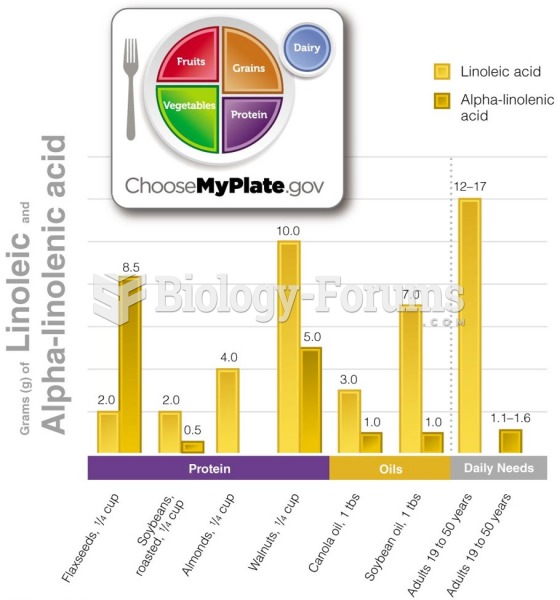Answer to Question 1
Correct Answer: 1,2,4
Rationale 1: Electrolyte levels, especially potassium, need to be monitored while a client is taking ACE inhibitors.
Rationale 2: Liver function needs to be monitored while a client is taking ACE inhibitors and ARBs.
Rationale 3: BUN and creatinine levels do not need to be monitored while a client is taking ACE inhibitors and ARBs.
Rationale 4: It is important to monitor a client's lipid profile while taking ACE Inhibitors and ARBs.
Rationale 5: Although it is important to monitor the client's heart rate while taking ACE inhibitors and ARBs, an ECG is not considered a laboratory test.
Global Rationale: Electrolyte levels, especially potassium, need to be monitored while a client is taking ACE inhibitors. Liver function and lipid profiles need to be monitored while a client is taking ACE inhibitors and ARBs. BUN and creatinine levels do not need to be monitored while a client is taking ACE inhibitors and ARBs. Although it is important to monitor the client's heart rate while taking ACE inhibitors and ARBs, an ECG is not considered a laboratory test, but a diagnostic test.
Answer to Question 2
Correct Answer: 3
Rationale 1: Plasma protein concentration does not alter the process of active secretion of drug molecules into the filtrate.
Rationale 2: Plasma protein concentration does not inhibit the process of tubular reabsorption.
Rationale 3: A decrease in albumin concentration increases the proportion of free drug in the plasma available to be filtered into Bowman's capsule.
Rationale 4: Secretion is an active process.
Global Rationale: A decrease in albumin concentration increases the proportion of free drug in the plasma available to be filtered into Bowman's capsule. Plasma protein concentration does not alter the process of active secretion of drug molecules into the filtrate. Plasma protein concentration does not inhibit the process of tubular reabsorption. Secretion is an active process.







